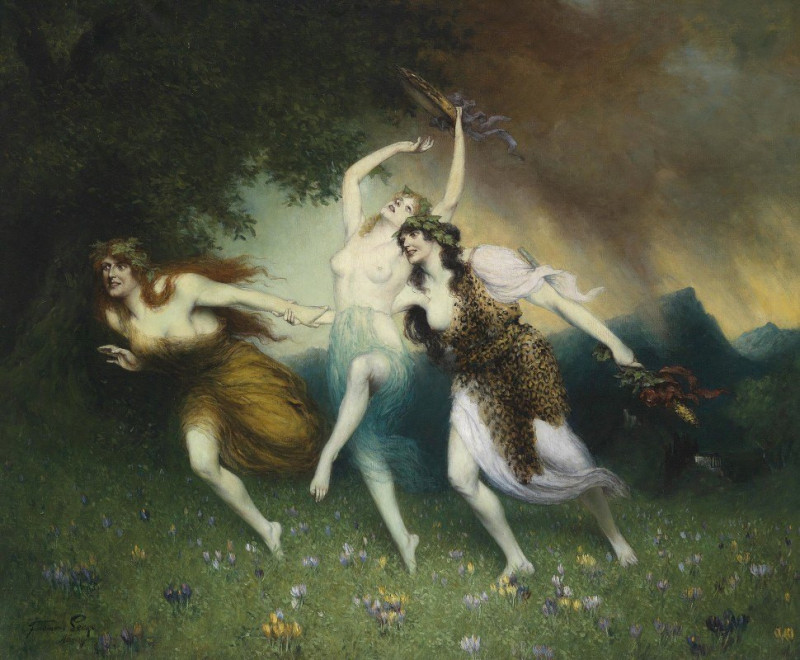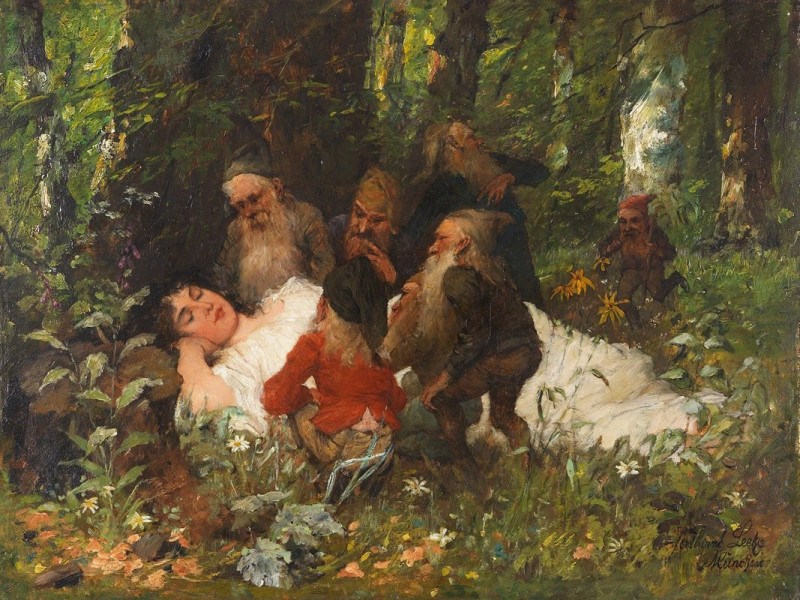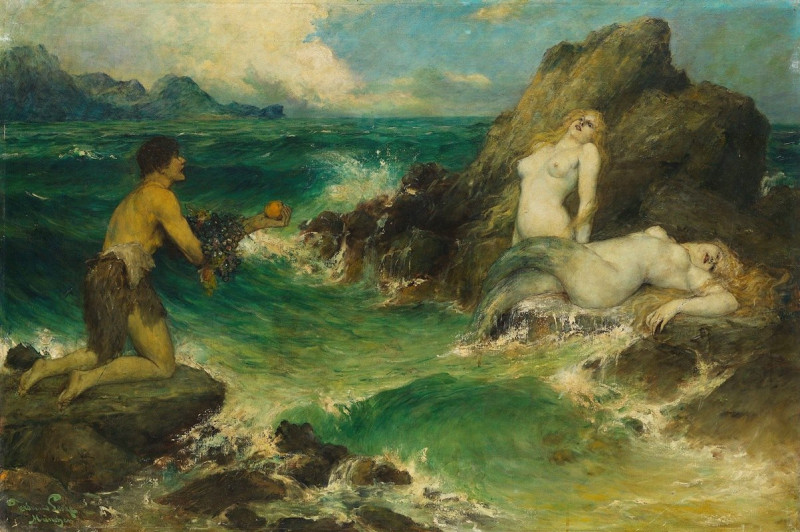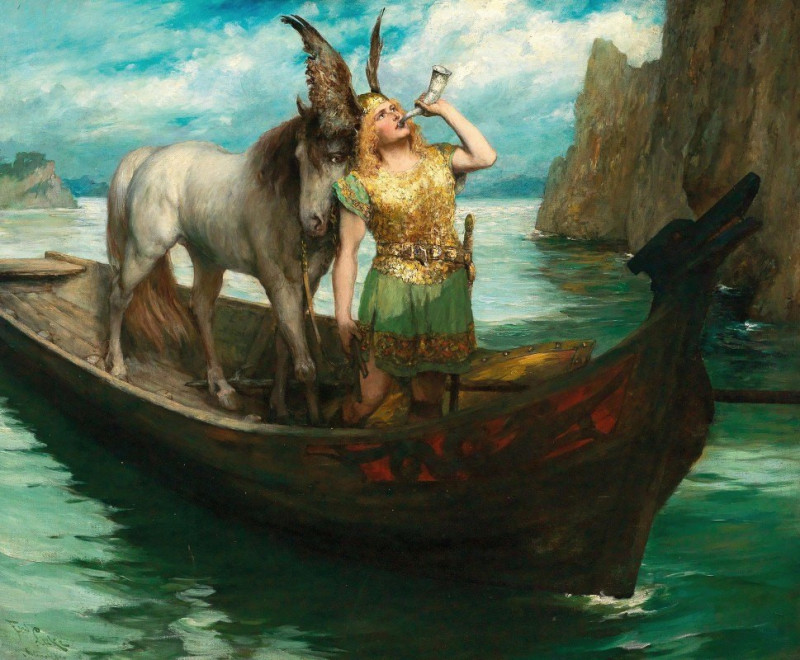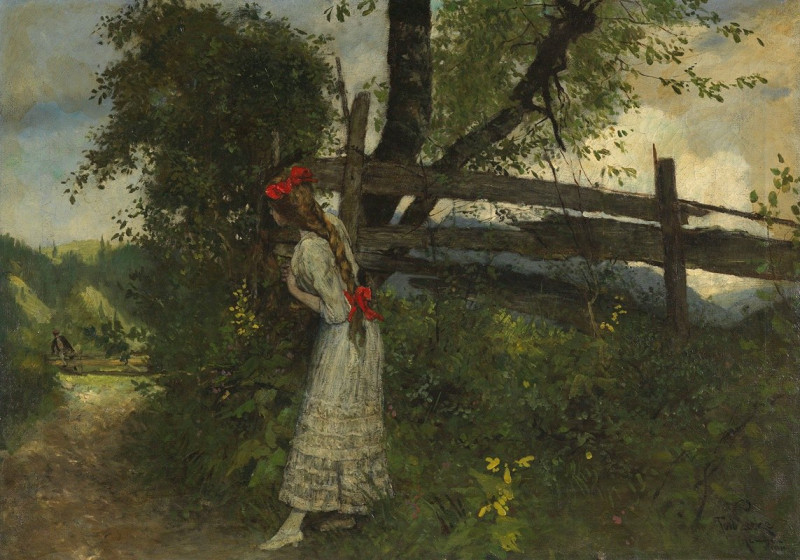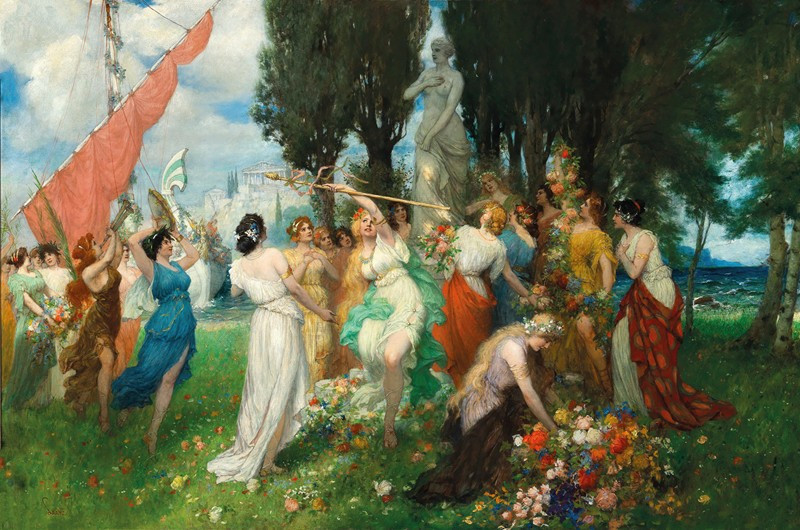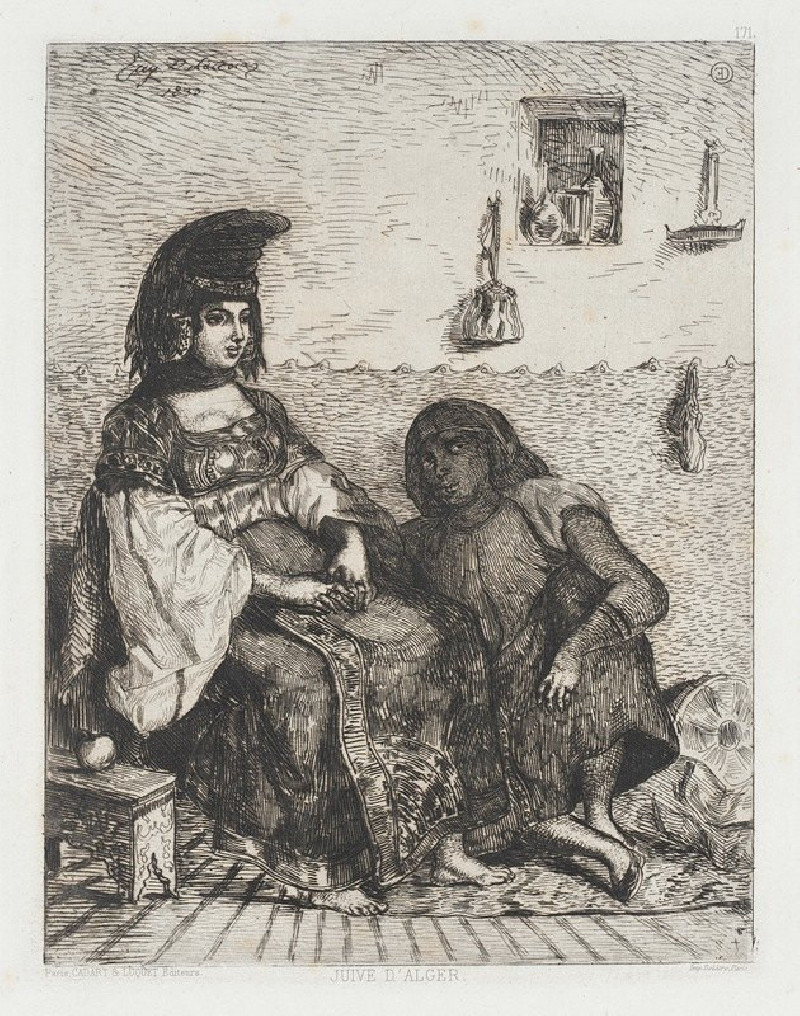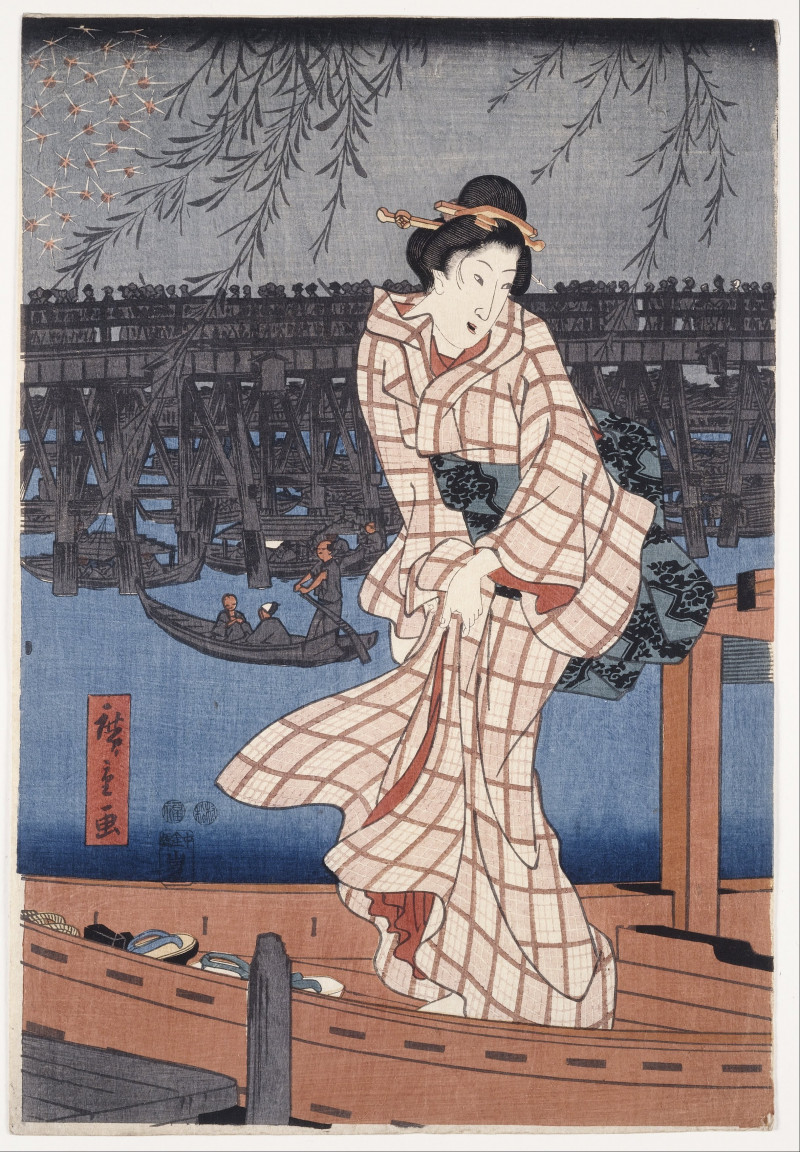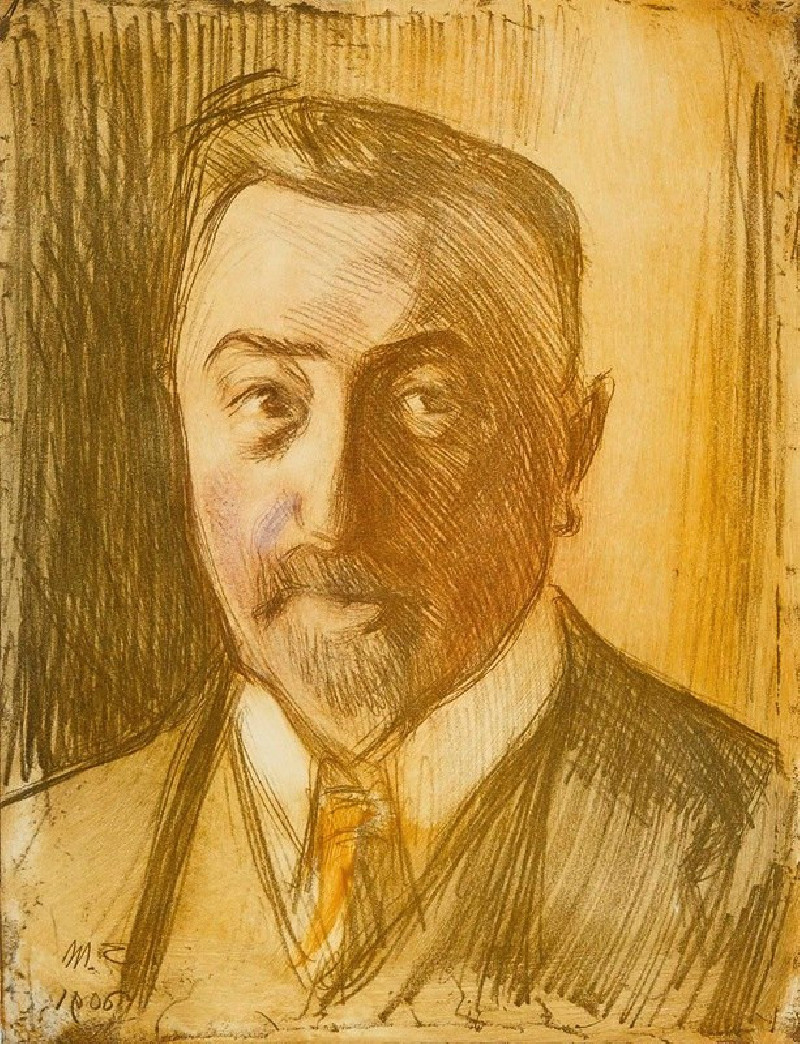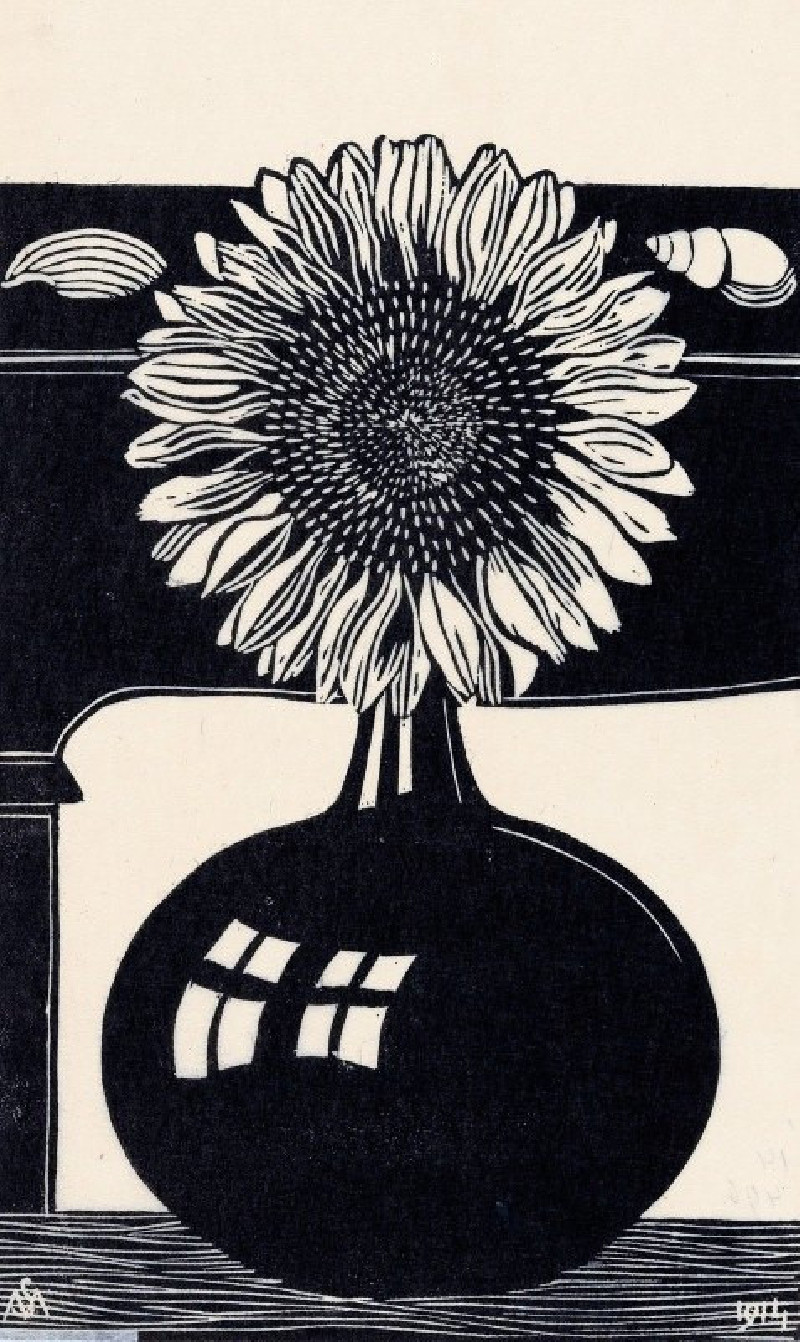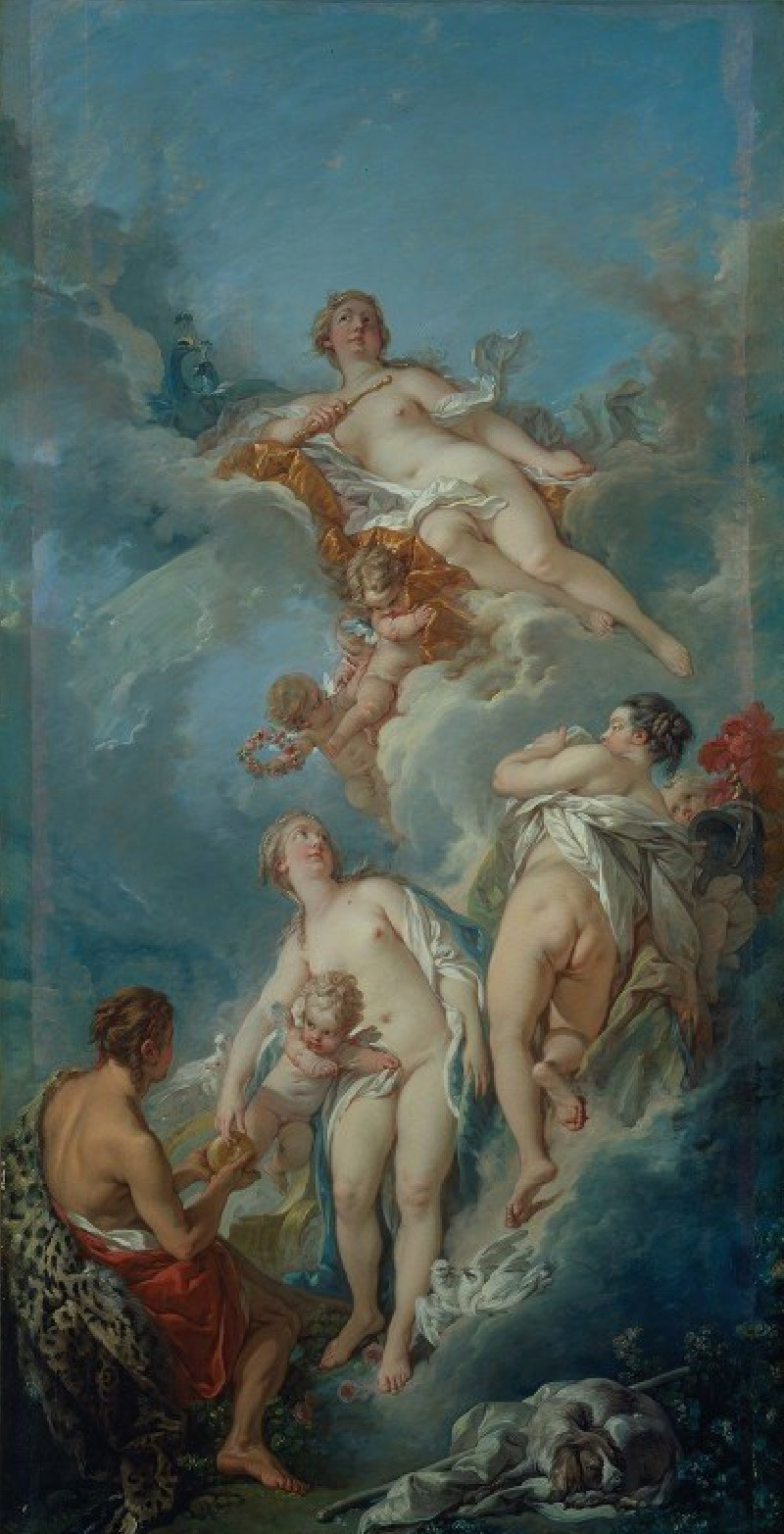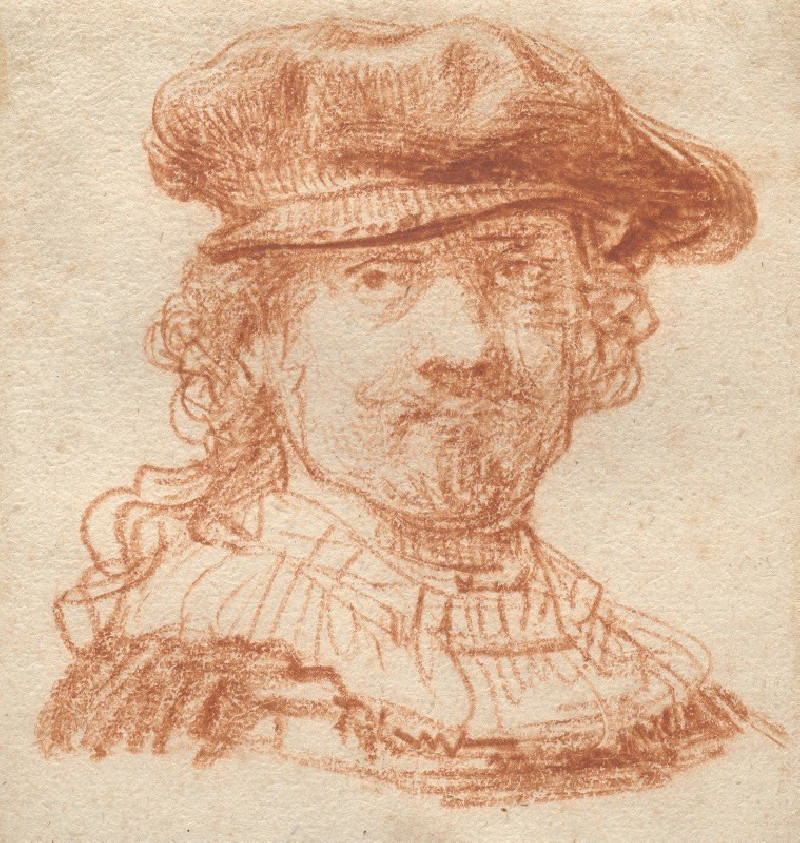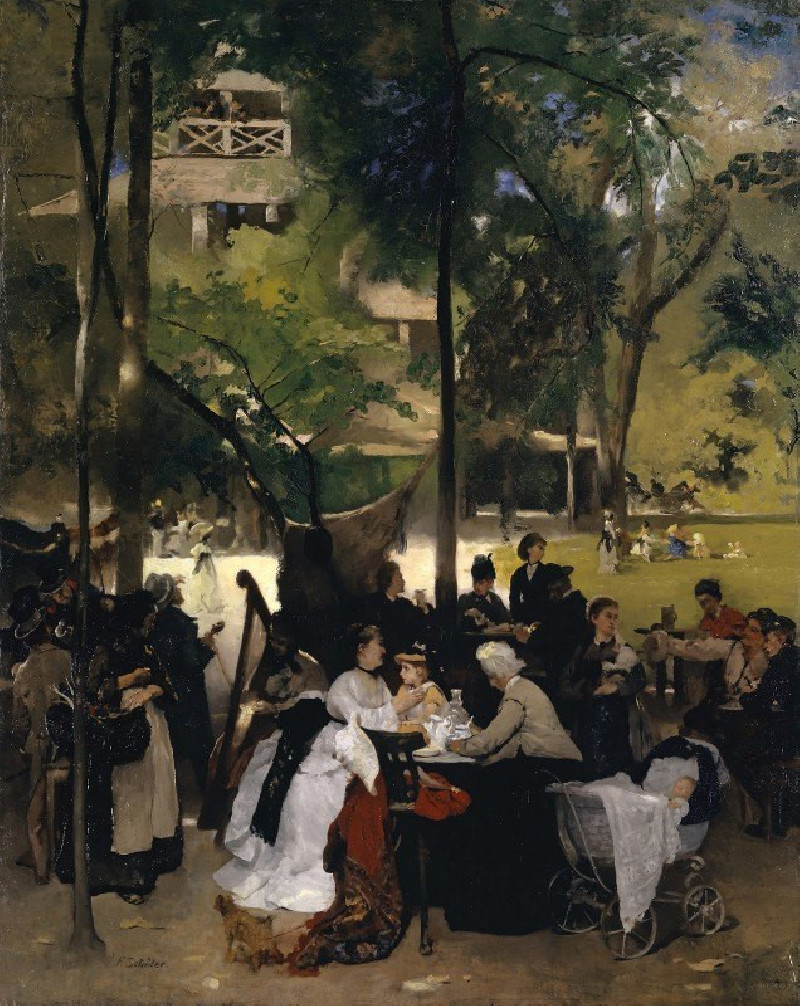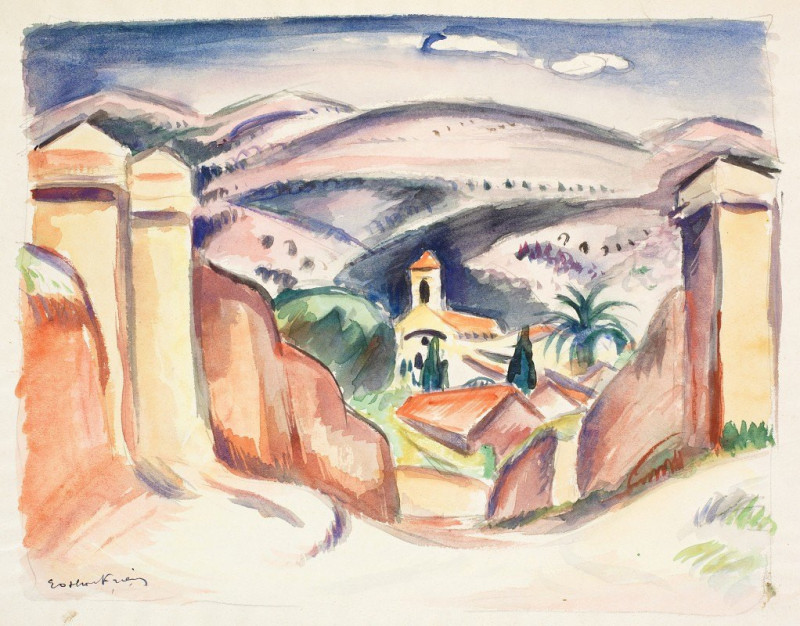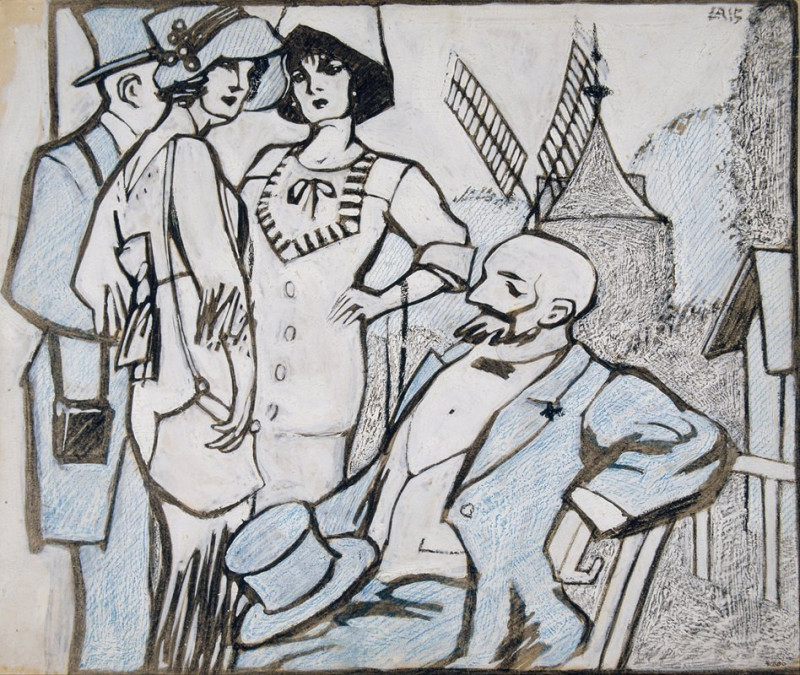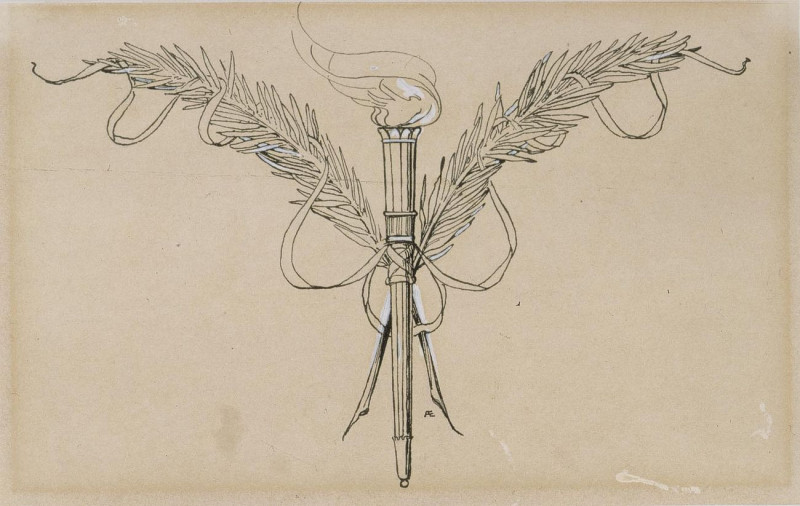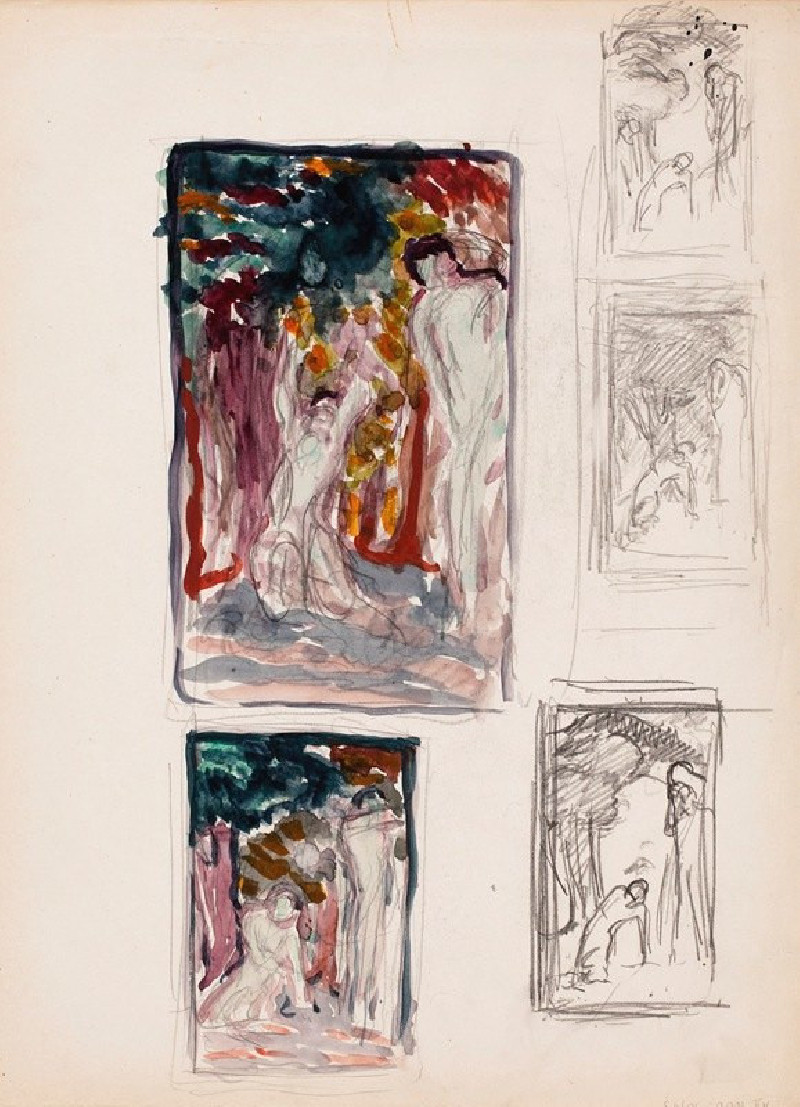Wood nymph and shepherd (1905)
Technique: Giclée quality print
Recommended by our customers
More about this artwork
** Welcoming the viewer into a world where nature and mythology intertwine, Ferdinand Leeke's evocative painting "Wood Nymph and Shepherd" masterfully captures the enchanting atmosphere of Romanticism. Created in 1905, this piece brilliantly reflects the artist's keen ability to fuse both the ethereal and the pastoral into one cohesive and mesmerizing narrative.At the foreground of the painting, a graceful wood nymph is depicted standing amidst a lush forest. Her flowing teal gown and delicate floral crown emphasize her mystical and integral connection to the natural world around her. With a serene expression, she appears illuminated by a soft light, perhaps symbolic of her ethereal nature.Adding depth and narrative intrigue, in the background, slightly obscured by the trees, a shepherd is visible. His presence, along with his pastoral attire, contrasts yet complements the mystical element introduced by the nymph. This juxtaposition not only enhances the narrative of an encounter between the mundane and the magical but also showcases Leeke's skill in creating rich, multi-layered compositions.The painter's meticulous attention to the details of the forest environment—from the textured bark of the trees to the dappled sunlight filtering through the leaves—rounds out this spellbinding scene. Each element works synergistically to draw the viewer into a moment suspended in time, where folklore breathes life into the canvas."Wood Nymph and Shepherd" is an exemplary work of art that continues to captivate and inspire, inviting onlookers to step into a world where the lines between reality and myth gently blur.
Delivery
Returns
Ferdinand Leeke (7 April 1859 – 1923) was a German Painter, famous for his depictions of scenes from Wagnerian Operas. A native of Burg bei Magdeburg, Germany, he studied at the Munich Academy under Ludwig von Herterich (1843–1905) and Sándor Liezen-Mayer, a genre and historical painter, and with Alexander von Wagner (1838–1919), a Hungarian genre and landscape painter.




